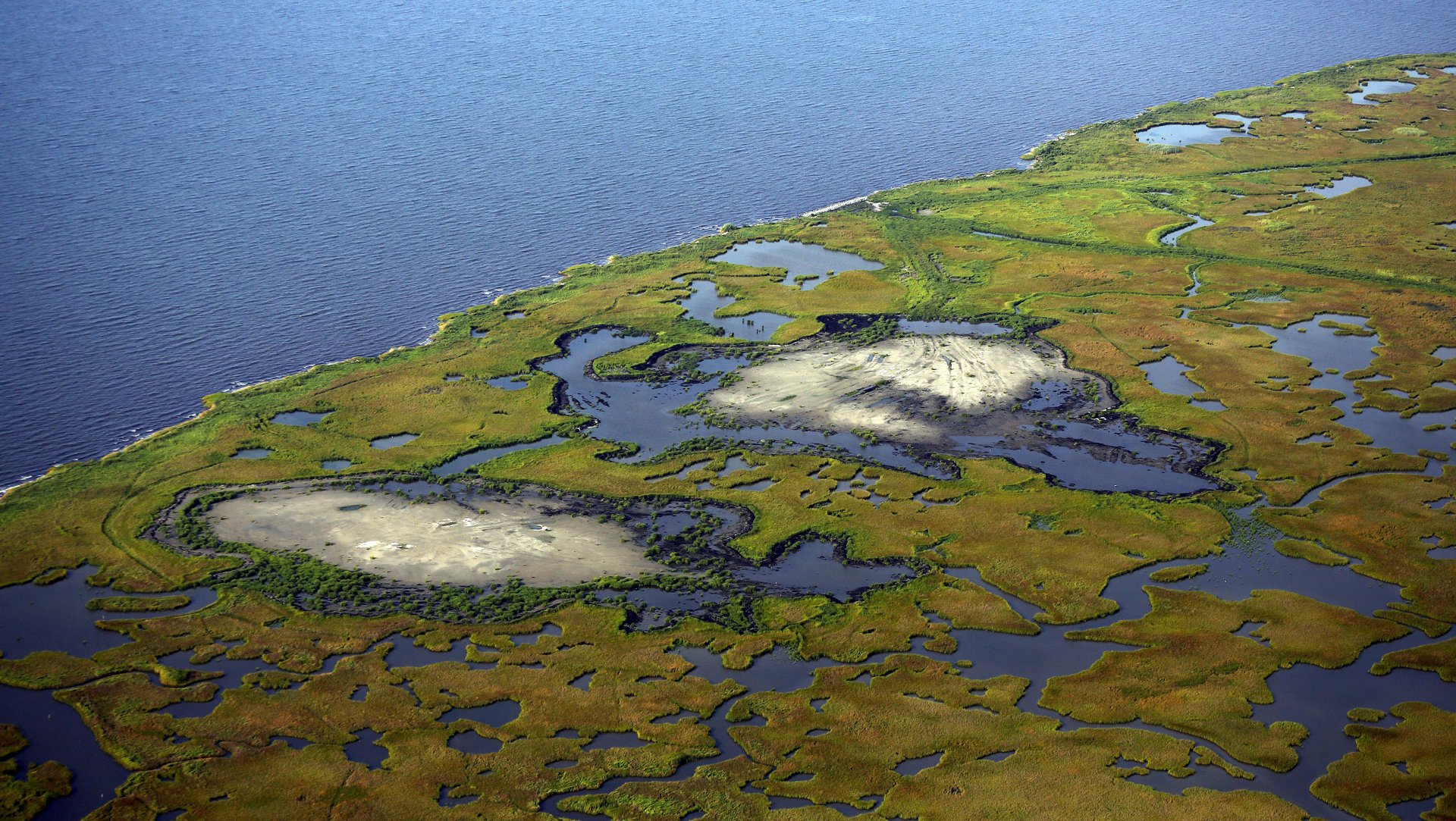Sea level rise is accelerating every year, “like a driver merging onto a highway”
A study published today (Feb. 12) used satellite data to confirm the predictions of the best climate computer models: The global average sea level is not rising by a steady increment each year, but is accelerating. Decades from now, the annual rate of ocean level rise is likely to be much more dramatic than in recent years.


A study published today (Feb. 12) used satellite data to confirm the predictions of the best climate computer models: The global average sea level is not rising by a steady increment each year, but is accelerating. Decades from now, the annual rate of ocean level rise is likely to be much more dramatic than in recent years.
The paper, published in the Proceedings of the National Academy of Sciences, used 25 years of satellite data to find that annual rate of sea-level rise is increasing about .08 millimeters each year. Right now, we are experiencing approximately 3 millimeters of sea rise per year. Given the rate of acceleration, we should expect about 10 millimeters of sea-level rise per year by 2100.
Steve Nerem, a professor of aerospace engineering sciences at the University of Colorado-Boulder and lead author on the paper, described the phenomena as akin to a “driver merging onto a highway,” in a press release accompanying the paper. Nerem’s models show the sea rising 26 inches by 2100. That accords with the latest International Panel on Climate Change report, which is based on computer models; the IPCC pegged the rise by 2100 to be to be between 20-28 inches (52-98 centimeters) by 2100.
But, Nerem said, “this is almost certainly a conservative estimate.” That’s because the basis of this estimate does not factor in any huge, model-altering events in the near future—like the collapse of important ice sheets or the acceleration of ice melt at the poles—since that would introduce a large amount of uncertainty into the predictions. But, Nerem says, “given the large changes we are seeing in the ice sheets today,” it’s not likely that the Earth will make it to the end of the century without some ice-related event that further accelerates sea level rise.